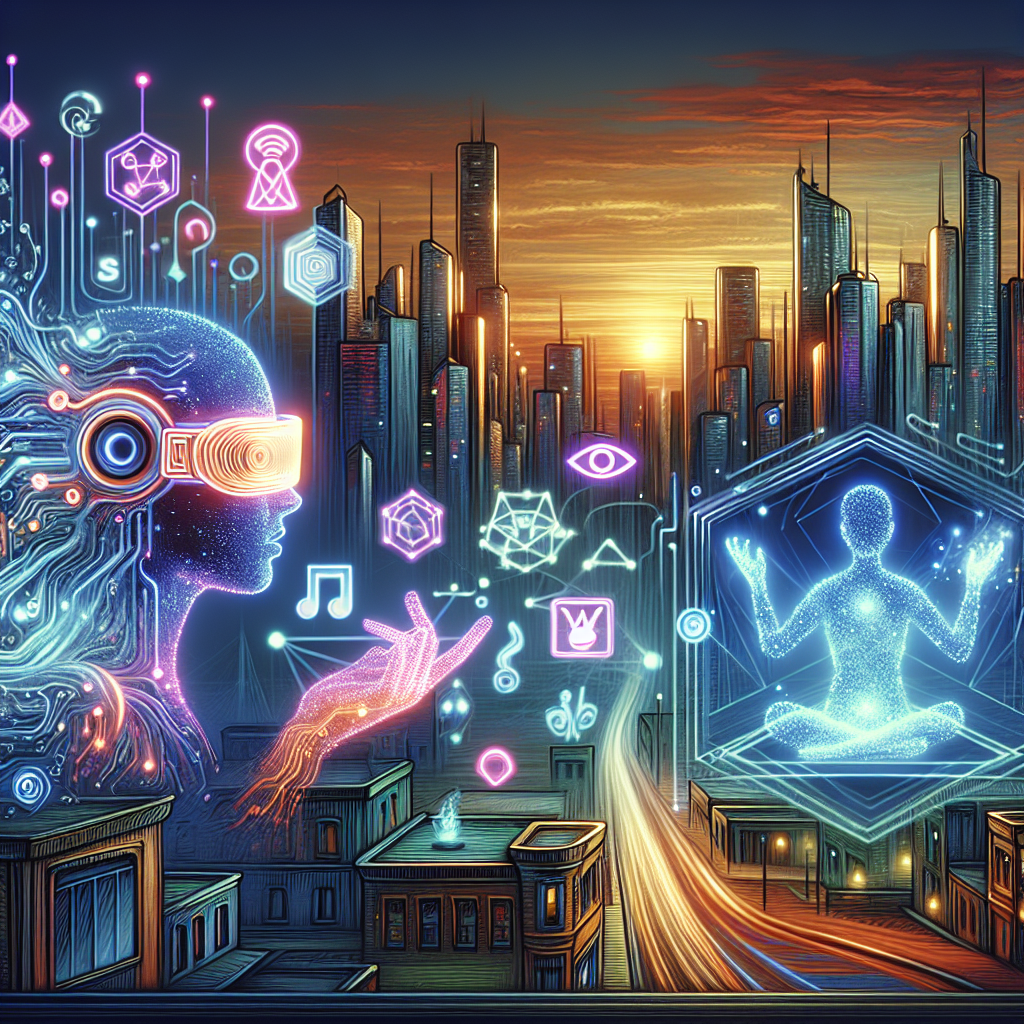The Future of AI in Storytelling: Creating Interactive and Personalized Experiences
Artificial Intelligence (AI) has already made a significant impact on various industries, from healthcare to finance to entertainment. In the realm of storytelling, AI is poised to revolutionize the way stories are told, creating interactive and personalized experiences for audiences in ways never before possible.
AI has the ability to analyze vast amounts of data and generate insights that can be used to create more engaging and immersive stories. By leveraging AI technologies such as natural language processing, machine learning, and deep learning, storytellers can create dynamic, interactive narratives that adapt to the preferences and choices of individual viewers or readers.
One of the key ways in which AI is transforming storytelling is through the creation of personalized experiences. By analyzing data on an individual’s preferences, behaviors, and interactions, AI can tailor stories to suit the unique tastes and interests of each audience member. This can lead to more immersive and engaging experiences that resonate on a deeper level with viewers or readers.
For example, streaming platforms like Netflix and Amazon Prime are using AI algorithms to recommend personalized content to users based on their viewing history and preferences. This same technology can be applied to storytelling, allowing writers and creators to craft narratives that are tailored to the individual preferences of each audience member.
In addition to personalization, AI is also enabling the creation of interactive stories that allow audiences to actively participate in the narrative. Through the use of chatbots, virtual reality, and augmented reality, storytellers can engage audiences in new and innovative ways, allowing them to make choices that impact the outcome of the story.
One of the most exciting developments in AI-powered storytelling is the use of generative adversarial networks (GANs) to create entirely new stories and characters. GANs are a type of AI architecture that consists of two neural networks, one that generates content and another that evaluates its quality. By training these networks on vast amounts of text data, researchers can create AI-generated stories that are indistinguishable from those written by humans.
This technology has the potential to revolutionize the way stories are created, allowing writers to collaborate with AI to generate new ideas, characters, and plotlines. By leveraging AI to assist in the creative process, storytellers can unlock new possibilities and push the boundaries of traditional storytelling in ways never before imagined.
One of the key benefits of AI-powered storytelling is its ability to scale and adapt to changing audience preferences. As AI algorithms continue to learn and evolve over time, they can adapt to new trends, genres, and storytelling techniques, ensuring that stories remain relevant and engaging for audiences in an ever-changing media landscape.
Overall, the future of AI in storytelling is bright, with endless possibilities for creating immersive, interactive, and personalized experiences for audiences around the world. By harnessing the power of AI technologies, storytellers can push the boundaries of traditional storytelling and create new and innovative narratives that captivate and inspire audiences in ways never before possible.
FAQs
Q: How is AI currently being used in storytelling?
A: AI is currently being used in storytelling in various ways, such as personalizing content recommendations, creating interactive narratives, and generating new stories and characters using GANs.
Q: What are the benefits of AI-powered storytelling?
A: The benefits of AI-powered storytelling include personalized experiences, interactive narratives, and the ability to scale and adapt to changing audience preferences.
Q: Will AI replace human storytellers?
A: While AI can assist in the creative process, it is unlikely to replace human storytellers entirely. AI can augment and enhance the storytelling process, but human creativity and intuition are still essential for crafting compelling narratives.
Q: What are some examples of AI-powered storytelling?
A: Examples of AI-powered storytelling include personalized content recommendations on streaming platforms, interactive narratives using chatbots and VR/AR, and AI-generated stories and characters using GANs.
Q: What is the future of AI in storytelling?
A: The future of AI in storytelling is bright, with endless possibilities for creating immersive, interactive, and personalized experiences for audiences. AI technologies will continue to evolve and revolutionize the way stories are told, pushing the boundaries of traditional storytelling in new and innovative ways.

